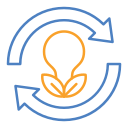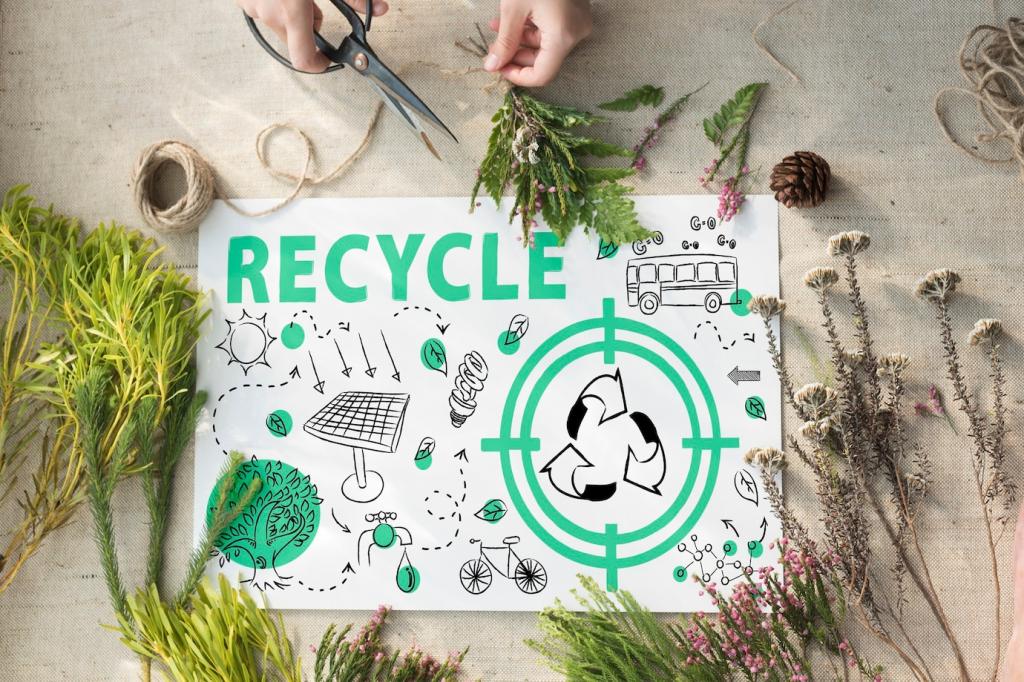Impact, Trade‑offs, and What the Data Says
Life cycle assessments indicate meaningful emissions reductions when processes use efficient energy, strong solvent recovery, and high yields. Method choices, allocation rules, and plant location significantly influence results designers and buyers ultimately see.
Impact, Trade‑offs, and What the Data Says
Closed-loop solvent systems and careful effluent treatment lower water impacts. By removing legacy finishes and dyes during processing, downstream microfiber shedding can be moderated, especially when fiber quality and yarn construction are optimized.





